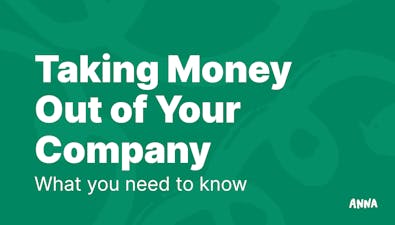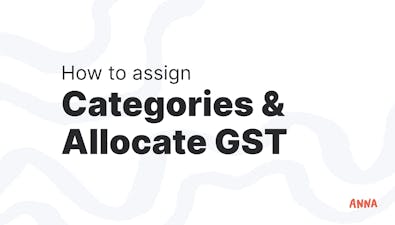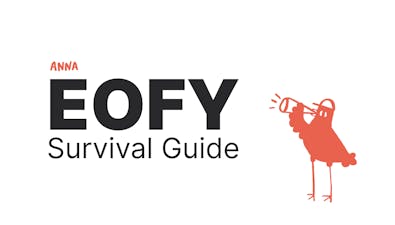
How to Start a Dropshipping Business in Australia [Guide]


Learn how to start a dropshipping business in Australia step-by-step, and get expert tips and insights to turn your entrepreneurial ideas into reality.
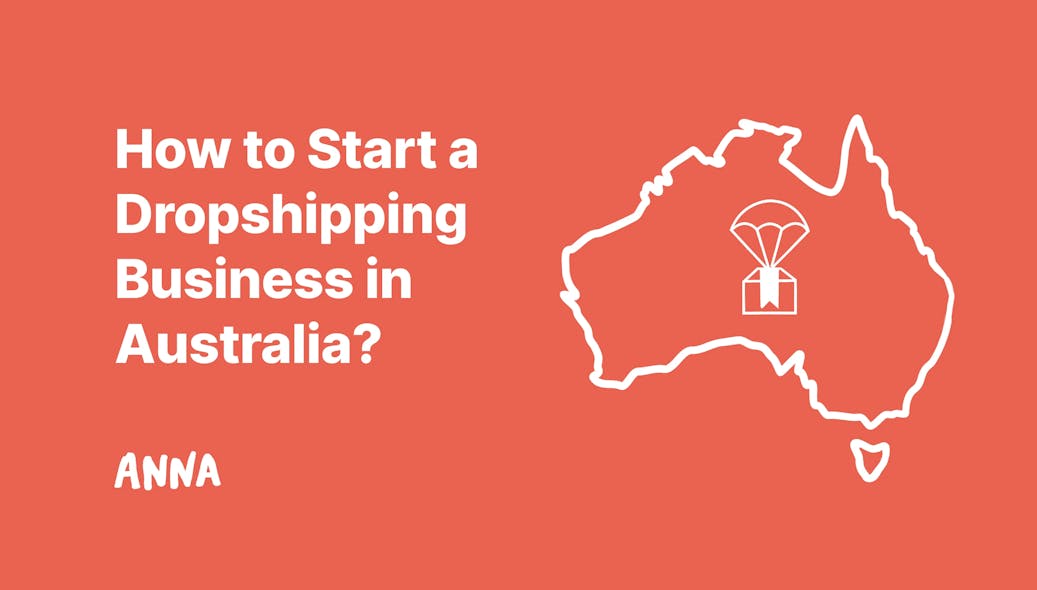
Back in the day, starting a retail business required spending money on a storefront, filling it with goods, and shouting your brand from the rooftops with pricey ads.
Fast-forward to now, and it's a whole new game.
Thanks to dropshipping, you can successfully start a business with a shoestring budget or even zilch dollars down.
There's no need to stash piles of inventory in your garage.
But here's the kicker- time and effort are the real currencies in this hustle.
So, how to start a dropshipping business in Australia? Read along to find out in 5 easy steps!
What Is Dropshipping?
Dropshipping is a business model where the retailer doesn't keep products in stock.
Instead, when a customer buys a product, the retailer purchases it from a third party, typically a manufacturer or wholesaler, who then ships it directly to the customer.
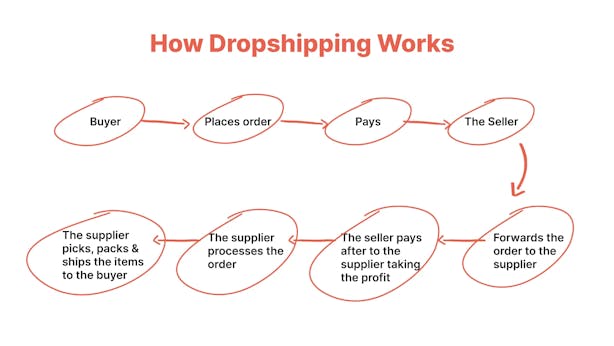
To simplify, as a retailer, you are a middleman, focusing on marketing and customer service rather than inventory management.
This makes dropshipping a cost-effective option, especially for new business owners, as it eliminates the need for upfront investment in inventory and minimizes the risk of being stuck with unsold products.
Is Dropshipping Legal In Australia?
Absolutely yes! In Australia, dropshipping follows a process similar to that elsewhere, but there are some unique considerations. These include:
- Registering for an Australian Business Number (ABN)
- Understanding tax obligations, like GST
- Accounting for customs fees
- Ensuring that products are suitable for the Australian market
Despite these considerations (which will be covered in detail below), dropshipping remains an attractive option if you are an entrepreneur looking to start a business with minimal overhead and risk.
5 Steps On How To Start A Dropshipping Business
The dropshipping market is poised for continued expansion, projected to reach $301.11 billion by 2024 and soar to $372.47 billion by 2025.
So, with careful planning and research, it can be a lucrative venture in the Australian market.
Here are the basic steps to get you started:
1. Do Your Market Research
When you're starting an online store, the first big question is: What should I sell?
This decision can seriously make or break your business. Well, finding the right dropshipping niche is key.
You gotta think about who's gonna buy your stuff, what people are looking for, and where there's not too much competition. It's like finding a sweet spot where you can make good money.
How can you do that?
Tools like Google Trends can help you see what's hot and what's not. It shows you what people are searching for online, so you can spot trends and know what to sell.
Also, try using a product research tool that lets you filter products by Australian dollars (AUD) or .com.au domains.
For example, you can try out JungleScout, Dropship, or Wish Inspector. This way, you can pinpoint winning products tailored specifically for the Australian market.
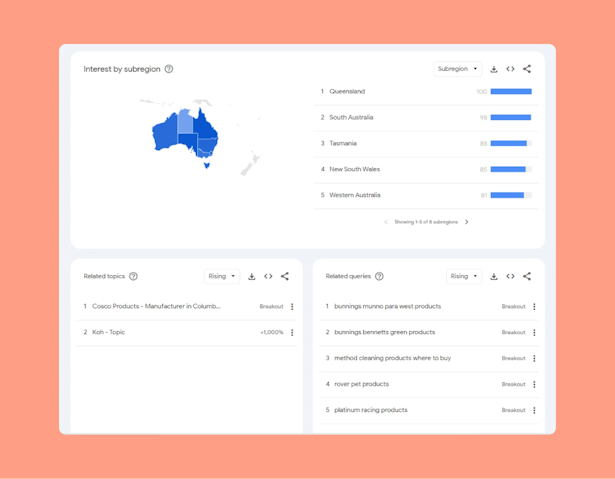
Social media is another goldmine for ideas.
For example, check out Instagram to discover Australian influencers. Take a look at the products they're endorsing and the posts that are getting lots of likes and comments.
Or, try searching TikTok for hashtags like #AustraliaAmazonFinds.
If certain products are being promoted by influencers and receiving significant engagement, it could indicate high demand and may be worth exploring further.
Don't forget about online marketplaces like Amazon, Kmart, and eBay. Check out the best-seller lists and see what catches your eye.
📌 Note
When you're picking products to sell, make sure they'll make you money.
You gotta think about how much it'll cost to get the product, ship it, and market it, and still make a profit.
Another great tool to check out is Adserea, dropshipping product spy software that will help you calculate the ideal profit margin.
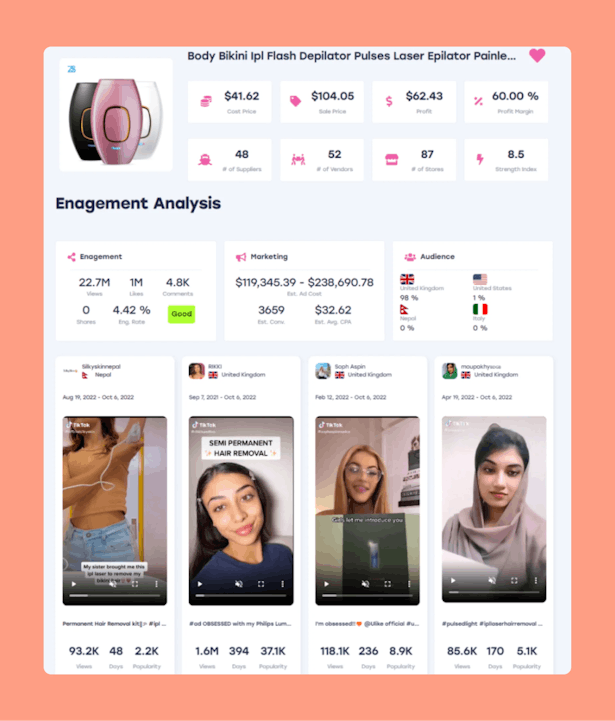
Oh, and one more thing: Listen to what the data tells you.
Pay attention to what people want, and give it to them. That's the secret to making it big in dropshipping.
⚡ Quick Checklist
1. Profit:
- Evaluate the selling price of the product against its cost, including shipping and advertising expenses.
- Determine if each sale will result in a profit after accounting for all associated costs.
2. Demand:
- Assess the level of demand for the product.
- Estimate the expected number of units to be sold based on market demand.
3. Competition
- Identify existing competitors selling the same product.
- Analyze if you can effectively compete with current sellers and determine what sets your product apart from the competition.
2. Find Suppliers
Once you've identified the products you want to offer, select the right supplier who will handle shipping directly to your customers. Here are some key factors to consider:
- Quality: Choose a supplier who aligns with the level of quality you want your brand to represent. Decide whether you aim to position yourself as a provider of premium-quality products at higher prices or as a budget-friendly option offering more affordable goods.
- Profitability: Ensure you can maintain a reasonable profit margin on the products, factoring in shipping and transaction costs. The usual profit margins are about 15% to 20%, but higher margins are always preferable.
- Reliability: Look for a supplier that consistently delivers products in a timely manner with reasonable shipping expenses. Consider whether you're comfortable with overseas suppliers or prefer those based in Australia to minimize shipping delays.
- Return Policy: Prioritize suppliers with a clear return policy to handle any issues with product returns or exchanges. Check their policies carefully and align them with your own return policies for transparency with customers.
Many dropshippers prefer using online marketplaces due to their wide range of products and reliable supplier networks. While you can source products directly from manufacturers, this often requires extra effort and minimum monthly sales commitments.
Alternatively, you can explore Chinese dropshipping suppliers like AliDropship, but also consider Australian-based suppliers (CJDropshipping, Ozdingo, Oberlo, etc.) for faster shipping, smoother returns, and the opportunity to sell high-quality "Made in Australia" products with better customer service.
3. Register Your Business
As we mentioned above, before you start your dropshipping business, you need to register and meet legal requirements.👇
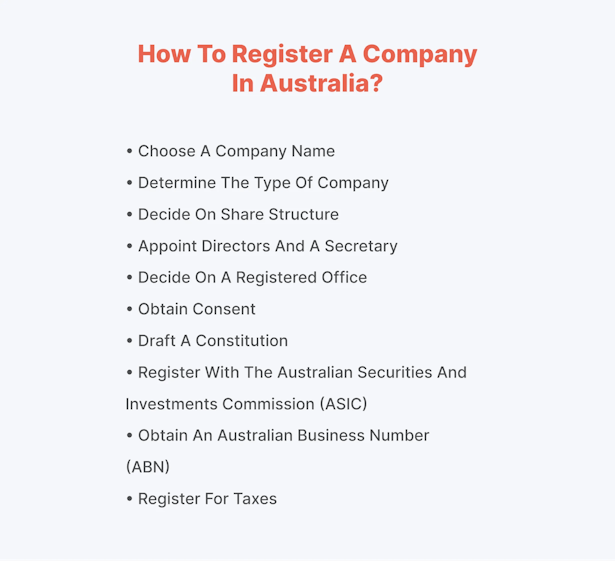
What About Taxes?
If you're running a dropshipping business from Australia, you'll need to consider two types of taxes.
The first is individual income tax, which works much like it would if you were working at a regular job. This means a percentage of your income goes towards taxes.
As your online store grows, you might also have to deal with GST tax.
This is a 10% tax added to your sales of goods.
But here's the catch – you'll only need to worry about this tax once your dropshipping store hits an annual revenue of $75,000.
The good news?
For products valued at $1,000 or less purchased online, they're considered low-value goods and are duty-free according to Australian border laws.
💡 Pro Tip
Registering a business through ASIC and handling taxes can be tricky, so if you're feeling a bit lost, it's always a good idea to reach out for a helping hand!
ANNA One covers your registration fee and allows you to open a business account in just a few simple steps:
- Choose your company name.
- Fill in your personal details and your company's information. You can also add extra features, like a virtual office address, to keep your home address private.
- You'll receive a notification when your application is complete.
ANNA One also helps you to manage:
⚡ Taxes: We handle essential taxes for small businesses, allowing you to calculate and file your company taxes on autopilot based on your incoming and outgoing business transactions. You always know your tax estimate and never miss a deadline with a Personalised tax calendar.
⚡ Business Account: Link all your bank accounts to ANNA to get a comprehensive overview of your finances in one place.
⚡ GST (Goods and Services Tax) Registration: ANNA takes care of the paperwork and submits the application to the Australian Taxation Office (ATO) on your behalf.
⚡ PAYE/Payroll Registration: ANNA assists with the PAYE registration process with ATO and helps you obtain the necessary documents for paying yourself or your employees a salary.
⚡ Invoices: Create and send professional invoices with ANNA in seconds. And if they’re not paid, we chase them for you – which means 80% of ANNA invoices are paid within a week.
⚡ Support from expert accountants: Receive assistance from our knowledgeable team of accountants who are ready to address any inquiries you may have.
4. Set Up Your Online Store
Your choice of ecommerce platform is the foundation of your online business.
Consider factors like:
- Whether you want a self-hosted solution or a hosted one,
- Pricing,
- Available integrations,
- Reliability, and
- Scalability.
As a beginner, you can go for user-friendly options such as Shopify, Magento, and WooCommerce due to their intuitive interfaces and extensive features.
If you wish to secure a .com.au domain, you'll be required to obtain an Australian Business Number (ABN) first.

Don’t forget that a visually appealing and user-friendly website is essential for attracting and retaining customers.
So, prioritize mobile responsiveness, fast loading times, and intuitive navigation to optimize the user experience.
Use clear call-to-action buttons and streamlined checkout processes to encourage conversions.
Integrate Social Commerce
Expand your online reach and drive sales by integrating social commerce with platforms like Facebook, Instagram, TikTok, and Pinterest.
By letting customers shop without ever leaving their favorite apps, you're not just selling stuff – you're creating an experience!
Plus, it's a great way to boost your brand's visibility and connect with new customers.
Explore Additional Integrations
Ready to take your store to the next level?
Beyond the core ecommerce platform, consider tools for various purposes:
- Dropshipping apps such as Sofortig for seamless product sourcing and management.
- For marketing efforts, explore cold email software like Mailchimp.
- Social media management tools like HubSpot and social listening tools like Sprout Social to monitor brand mentions and engage with your audience.
- Content scheduling tools like Buffer and content analysis tools like BuzzSumo can help optimize your content strategy and drive engagement.
⚡ Tip
It's also a smart move to give your customers a few different payment options.
This not only widens your pool of potential buyers but also makes it more likely that they'll go through with the purchase.
Here are some payment methods that Australians love:
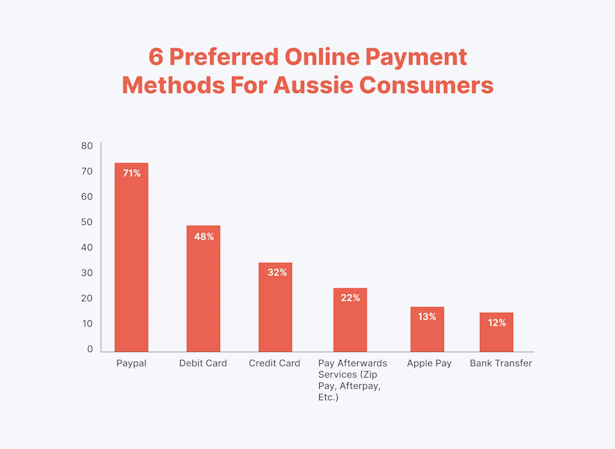
5. Market Your Store
Time to spread the word about your dropshipping store!
Marketing, advertising, and branding are your best buddies in the online business world.
Here's how to get your business out there:
- SEO (Search Engine Optimization): To stand out, make sure your website is Google-friendly. That means using the right keywords, optimizing page load times, and maybe even getting some expert help.
- Paid Ads: Want to skip the line and land right at the top of search results? Google Ads can get you there. Plus, display advertising is a smart move to get your brand noticed by the right people without breaking the bank.
- Social Media: Hang out where your customers hang out – on platforms like TikTok and Instagram. Post content that catches their eye, whether it's beautiful pics, entertaining videos, or helpful info.
- Content Marketing: Start a blog on your website to boost your Google rankings. Offer webinars or whitepapers as freebies to entice people to join your email list. Give a little to get a little!
- Customer Reviews: Social proof is the name of the game. Encourage happy customers to leave reviews, and make sure to respond to every single one – good or bad. It's all about building trust.
⚡ Extra tip: You can even start your own YouTube channel or join online communities like Quora and Reddit to really enhance your online presence!
Wrapping It Up
Dropshipping is a promising venture, but like any business, it demands careful planning, grit, and serious effort to succeed.
Hopefully, this guide has all you need to kickstart your dropshipping journey and scale up smoothly.
Ready to turn your passion into profits?
We can help you kickstart your business and keep your finances in place!
Get started with ANNA One now!
FAQ
Is Building a Brand Challenging?
Yes, it can be tough. Dropshipping products typically arrive as is, making it difficult to establish a unique brand. Making modifications or re-branding a product can increase your cost per item and may require meeting minimum order quantities to be feasible for the manufacturer.
What Are the Advantages of Dropshipping In Australia?
Dropshipping in Australia offers several advantages, including low startup costs, the ability to sell a wide range of products without inventory storage, flexibility in location and working hours, and the potential for high profit margins if executed effectively.
What Are the Challenges of Dropshipping In Australia?
Some challenges of dropshipping in Australia include competition from established retailers, managing inventory and shipping times, navigating tax regulations, and ensuring customer satisfaction despite not physically handling the products.
Are There Any Restrictions On the Types of Products I Can Dropship In Australia?
While there are no specific restrictions on the types of products you can dropship in Australia, you should ensure that the products comply with Australian regulations and safety standards. Certain products, such as pharmaceuticals or restricted goods, may require special licenses or approvals.

